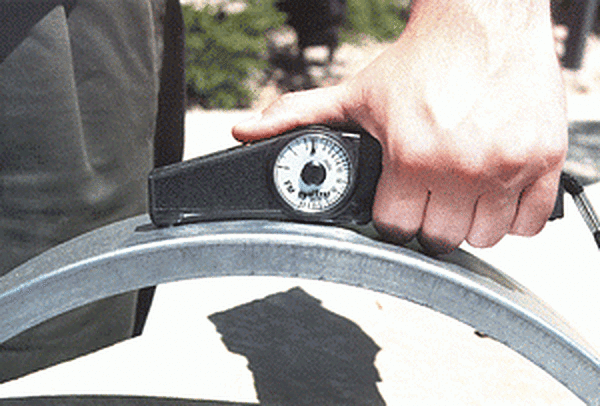ISO 1461
See more in depth article comparing ISO 1461 vs. A123.
If I galvanize to ASTM A123 or A153, will I meet the requirements of ISO 1461?
ISO 1461, Hot-dip galvanized coatings on fabricated iron and steel articles Specifications and test methods, is produced by the International Organization for Standardization (ISO) as an industry standard for galvanizing. The standard holds requirements for hot-dip galvanized steel comparable to those found in both ASTM A123, Standard Specification for Zinc (Hot-Dip Galvanized) Coatings on Iron and Steel Products, and ASTM A153, Standard Specification for Zinc Coating (Hot-Dip) on Iron and Steel Hardware. North American specifiers and galvanizers typically use ASTM A123 and A153 for steel products and fasteners to be hot-dip galvanized. However, ISO 1461 which standardizes the European galvanizing industry both large structural pieces and centrifuged hardware is also sometimes used in Canada, the United States, and Mexico.
If a customer wishes to use ISO 1461 on their project, galvanizers need to know what the requirements of the standard are and if they can meet them. As North American galvanizers, the question becomes, If I galvanize the steel to ASTM A123, will I meet the requirements of ISO 1461?
Hot-dip galvanizing to ASTM A123/A123M or ASTM A153/A153M will typically lead to an end quality equivalent to ISO 1461. However, there are significant differences between ISO 1461 and ASTM A123/A123M or A153/A153M regarding inspection methods and documentation. It is recommended to refer directly to ISO 1461 for the specific requirements regarding inspection methods and minimum average coating thickness requirements. The European General Galvanizers Association (EGGA) provides additional guidance on their website.
The information below on comparing these specifications is not intended to be used as an exhaustive guide on the inspection requirements or contractual obligations when substituting one specification for the other.

Regarding the minimum average thickness requirements, differences between the standards may be considered negligible and Galvanizers will most likely meet the requirements of ISO 1461 if they galvanized to A123. The table below helps point out these subtle differences. The table assumes steel is being galvanized according to the thicknesses in the left-hand column. This column uses the standard units of mm found in ISO 1461 but can be converted to imperial units. The table then gives the requirements of ISO 1461, and the thickness of steels whose A123 requirements overlap. Notice the ASTM requirements for coating thickness on wire never meet the ISO standards.
Despite the small differences between the standards, if steel is galvanized in accordance with ASTM A123 or A153, it will more than likely meet the requirements of ISO 1461.
ISO 1461 Table 3 Mean Coating Thickness Minimum (μm) | ASTM A123 will meet requirements if: | |
|---|---|---|
| Steel thicker than 6mm | 85 |
|
| Steel thicker than 3mm and up to 6mm | 70 |
|
| Steel thicker than 1.5mm and up to 3mm | 55 |
|
| Steel thinner than 1.5mm | 45 |
|
© 2025 American Galvanizers Association. The material provided herein has been developed to provide accurate and authoritative information about after-fabrication hot-dip galvanized steel. This material provides general information only and is not intended as a substitute for competent professional examination and verification as to suitability and applicability. The information provided herein is not intended as a representation or warranty on the part of the AGA. Anyone making use of this information assumes all liability arising from such use.

